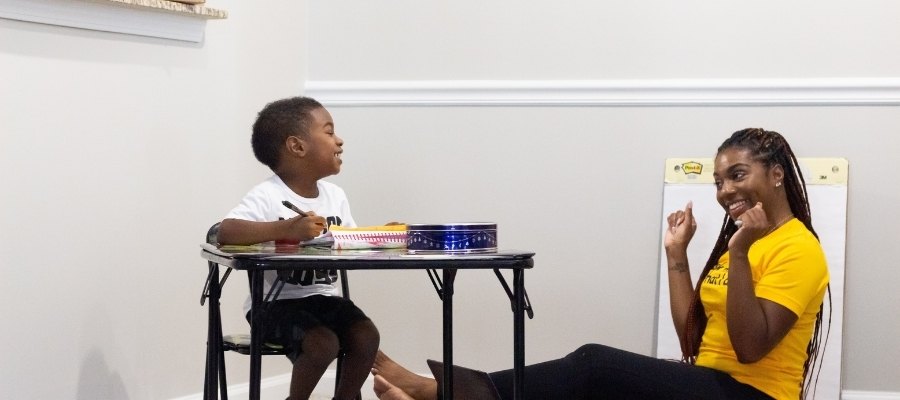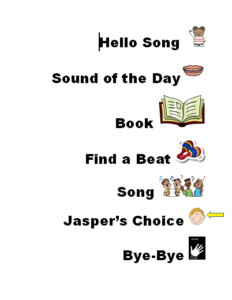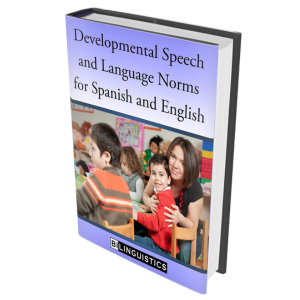A few weeks ago, I talked about 5 tips for working with those with childhood apraxia of speech (CAS). After conferring with fellow SLPs with more expertise on this subject matter, I revamped my speech sessions with my preschool-aged client. After five months of play-based speech therapy to address an expressive language disorder, I realized that the client demonstrated signs of CAS as his vocabulary increased. Below is the routine I am now currently using with my client. The speech therapy activities to support apraxia address the most salient aspects of this speech motor disorder.
5 childhood apraxia of speech therapy activities built into a routine
This schedule gives me the ability to address specific sounds based on where the child is needing to work on. I am specifically targeting where his speech errors are occurring based on the motor speech hierarchy (Hayden, 1986). In this case, I am working on his Mandibular Control (Stage III) and Labial/Facial Control (Stage IV), and his target words (e.g., mom, moe/more, bo/ball) are tackled in fun and meaningful structured activities. Here’s a brief description of the tasks for each section:
Hello Song:
I sing a song to greet every individual (e.g., client, parent, SLP)
Sound of the Day:
I explicitly talk about the sound we are going to address. “Today we are going to work on the B-sound. Buh, buh, buh.” Then, I will give a visual, auditory and tactile cue to support the sound.
Book:
I read a book that gives ample opportunity to work on the sound. For example, if I’m working on bilabial sounds, I would read Five Little Monkeys Jumping on the Bed. The student can practice “monkey, mama” for the /m/ sound and “bed” for the /b/ sound. This is a manner to have distributed practice of the sound. Check out our recommended books for speech therapy.
Find a beat:
I bring in instruments (e.g., tambourine, maracas), and the child says his sound at the appropriate level (e.g., CV, CVCV, CVC, etc) in cadence to the shaking of the instrument. This is a great opportunity to have mass practice of the sound, and it incorporates brain-based strategies to support various sensory inputs (e.g., auditory, kinesthetic).
Song:
We sing a song that has multiple opportunities to target the sound. For the sake of efficiency, I typically find a song on YouTube and screen it prior to the session. Here is more information on use of songs in speech therapy.
Child’s Choice:
This is an opportunity for the child to choose an activity of his preference. For example, my current client loves trains. So, I pull out a bucket of trains, and he has to say “more choo-choo” each time he wants a train. This is a great time to work on generalization of the sound you addressed for the session.
Bye-Bye:
I recap what we did. “Wow, we worked on the /m/ sound today.” And, of course, I always touch base with parents in the clinic and give one functional and meaningful task for the family to focus on until the next session. “For the next three days, I want you to incorporate “more choo-choo” into your play routine.”
So, here’s to hard work. And, that SLPs, will ultimately lead to progress. What are your speech therapy activities to support apraxia?





Great ideas. Thank you!
Tongue twisters are a fun way to practice repetitive combinations. You can google them or create your own to go with a theme. I sometimes have older students help me create one to go with a book or picture. Complexity varies based on the Student’s abilities. For example: “Sam saw a snake” can become “Sam and Sandy Saw a Sneaky snake in the salty sea”. You can use an instrument and tap out a rhythm. Start slow and speed up as the child improves over time.
Great idea. Thanks for sharing.
Scott